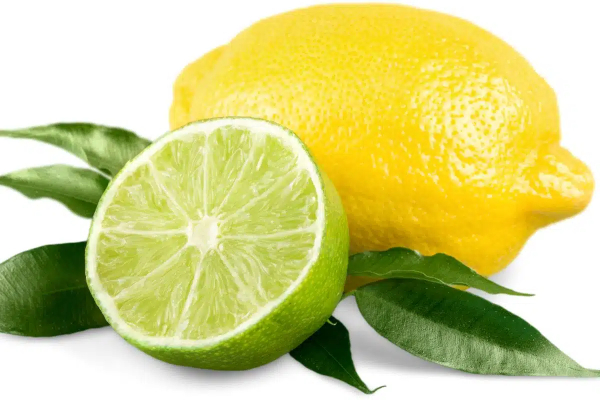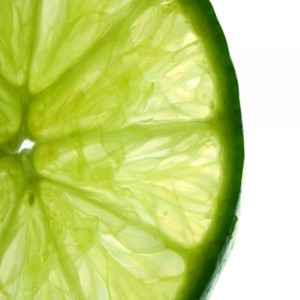I have a definite preference between the two sister citrus fruits under our microscope today. But I’ll hold off disclosing it until the pros have had their say. There are many popular opinions. Lemon Versus Lime: the bittersweet debate persists…
 The classic lemon and lime: So similar in some ways, yet so different in otehrs…
The classic lemon and lime: So similar in some ways, yet so different in otehrs…
Kissing cousins?
Lemons and Limes are very similar in appearance, but not so closely related as you might think.
Lemons are a primary citrus variety, first thought to have been cultivated in India. They migrated with merchants to the Middle East, and from there across the Mediterranean.
“The sweet limes, so-called due to their low acid pulp and juice, come from crosses of citron with either sweet or sour oranges,” Wikipedia explains. “While the Key lime arose from a cross between a citron and a micrantha.”
Similarities and differences
Appearance
Lemons and limes are generally the same shape. They also share a fine-grained bumpy skin texture. Both grow on medium-sized trees with classic ‘citrus’ leaves: oblong, tapering to a point at the non-stem end.
While lemons possess medium- to light-yellow skin and flesh, limes characteristically have medium- to dark-green skin and very light, yellow-green flesh.
Flavour
Lemon flavour is described by chemists as, “…being aromatic of rose, lavender and pine with a slight note of herbaceous.” Pure lemon juice is also very acidic while possessing a definite sweet component.
Limes taste similar to lemons in their macro characteristics – citrus and acid. But they are much more floral and bolder in flavour than their cousins. Depending on the variety, they may also be noticably sweeter than lemons. “Characteristic lime flavour nevertheless is characterized as […] containing pine, lilac, spicy and eucalyptus notes.”
Culinary uses
Lemons and limes are both employed as flavourings for a wide variety of sweet and savoury dishes. But a survey of global traditions shows limes are used more in Africa, Central and South America, and Africa. Lemons and limes are used about equally in Asia, with a greater emphasis on limes in the southeastern regions.
Lemon s and limes are both used in beverages, as well. Lemon-lime sodas are common. And many cocktails employ lemon or lime juice as an acidic flavour component.
My take
The cuisines of the world would not be the same without the bitter-sweet flavours of lemon and lime. But which – if either – is really ‘better’?
My opinion can be summed up in one word used in the official flavour descriptions of the two fruits: ‘lilac’. For me, that’s a great descriptor of the defining difference between lemons and limes, giving limes a definite advantage. But it’s not only that. Lime is significantly bolder and more complex in its constituent flavours, and usually sweeter to the taste than lemon.
Would I use lime in preference to lemon in all applications? No. I’ve been raised and conditioned too long to swap out lemon in its classic roles in favour of lime. But that’s just me!
~ Maggie J.

